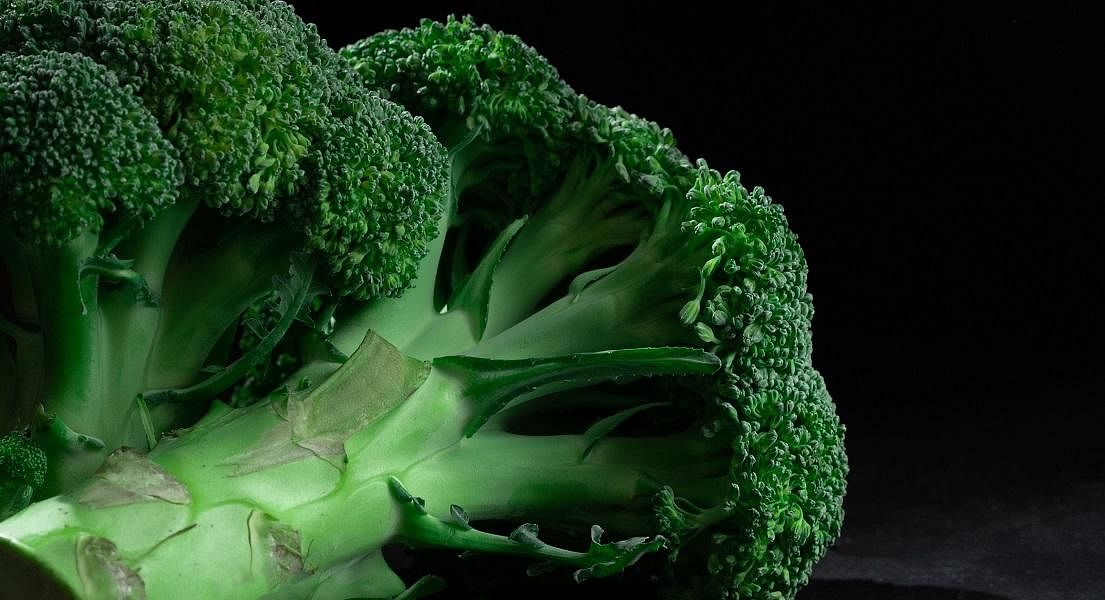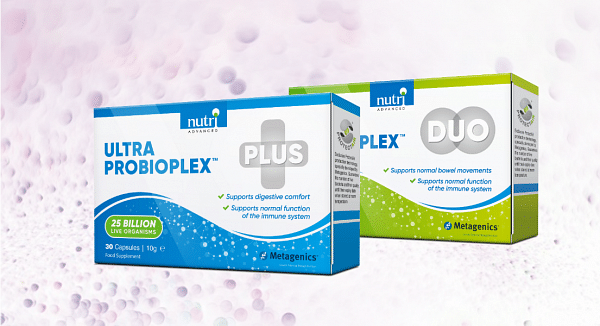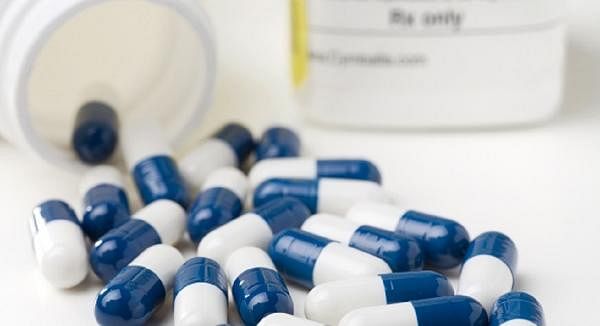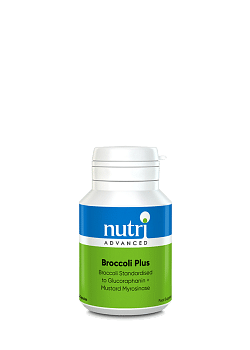Can Sulforaphane Help To Reduce Helicobacter Pylori (H. pylori)?
Why you can trust Nutri Advanced Every article on our site is researched thoroughly by our team of highly qualified nutritionists. Find out more about our editorial process.
Helicobacter pylori (H. pylori) are bacteria which can commonly be present in the stomach, are easily transmissible and may cause symptoms when they start to multiply and reach higher levels. Conventional eradication of H. pylori is typically challenging and there is heightened interest in dietary strategies that may provide additional support. In this article we take a closer look at emerging links between H. pylori and sulforaphane, an incredible bioactive compound derived from cruciferous vegetables that is showing significant promise in this area.
What is H. pylori?
H. pylori are bacteria that can be transmitted from person to person and can colonise the stomach. H. pylori are very common, and are estimated to be present in around 50 – 75% of the world’s population. They can multiply in the mucus layer of the stomach lining and secrete an enzyme called urease which converts urea into ammonia. This then helps the bacteria to protect themselves against stomach acid. As the H. pylori multiply they damage the stomach tissue which can cause gastritis (irritated and inflamed stomach lining) and stomach ulcer.
There is much scientific debate on H. pylori among microbiologists; with some evidence to suggest that it may even confer benefits to the host at lower levels.1 However, H. pylori can also cause gastritis, gastric ulcer and more rarely an increased risk of stomach cancer. Currently, conventional recommendations are that H. pylori infection be treated with triple antibiotic therapy when symptoms are present. Only around 20% of those infected have symptoms which may include dull or burning stomach pain, weight loss, bloating, indigestion, nausea and (bloody) vomit.
What is Sulforaphane?
Cruciferous vegetables contain sulphur-containing compounds called glucosinolates. One particularly noteworthy glucosinolate compound is called glucoraphanin and this is found in particularly high levels in broccoli and broccoli sprouts.
When the broccoli plant is injured (such as when it is chopped or chewed) an enzyme called myrosinase catalyses the conversion of glucoraphanin into sulforaphane. Sulforaphane is a bioactive compound which has an important role to play in activation of the Nrf2 pathway which is extremely important for regulating our protective cellular enzymes and proteins, including many with antioxidant and detoxification functions such as glutathione and quinone reductase enzymes. Read more about this here.
So, what’s the link between H. pylori & Sulforaphane?
In a 2009 randomised controlled trial led by Dr Jed Fahey and published in Cancer Prevention Research, 48 patients infected with H. pylori were randomly assigned to 70g/day broccoli sprouts (containing 420 micromol sulforaphane precursor) or equal weight of alfalfa sprouts as placebo for 8 weeks. Results showed that intervention with broccoli sprouts, but not with placebo, decreased the levels of urease measured by the urea breath test and H. pylori stool antigen (both biomarkers of H. pylori colonisation) and serum pepsinogens I and II (biomarkers of gastric inflammation). Values recovered to their original levels 2 months after treatment was discontinued.2
Scientists are still unsure of the exact mechanisms behind why sulforaphane is able to reduce H. pylori colonisation, however these results are certainly encouraging, and as research into the wider benefits of sulforaphane continue, it’s definitely one to watch.
What’s the best way to increase your intake of sulforaphane?
Sulforaphane is not very stable and is highly reactive, whereas its precursor glucoraphanin is very stable. Broccoli sprouts are the best dietary source of glucoraphanin. You can also take glucoraphanin derived from broccoli seeds in supplement form and this is best supplied with a source of myrosinase such as mustard seed powder to support its conversion to sulforaphane.
References:
1. Blaser MJ & Atherton JC. Helicobacter pylori persistence: biology and disease. The Journal of Clinical Investigation. Published February 1 2004. 10.1172/JCI20925
2. Yanaka A, Fahey JW, et al. Dietary sulforaphane-rich broccoli sprouts reduce colonization and attenuate gastritis in Helicobacter pylori-infected mice and humans. Cancer Prev Res (Phila). 2009 Apr;2(4):353-60.
This website and its content are copyright of Nutri Advanced ©. All rights reserved. See our terms & conditions for more detail.
Nutri Advanced has a thorough research process and for any references included, each source is scrutinised beforehand. We aim to use the highest value source where possible, referencing peer-reviewed journals and official guidelines in the first instance before alternatives. You can learn more about how we ensure our content is accurate at time of publication on our editorial policy.
Most Popular Articles
-
7 Surprising Ways To Support Your Magnesium
If you are displaying signs of a magnesium deficiency, here are 7 ways to boost your magnesium levels that are easy to incorporate into your daily life. -
5 Best Vitamin C Supplements Picked By Our Experts
Learn more about the different types of vitamin C, the different benefits you get from different types, and what you get for spending more on a good supplement. -
Top 5 Vitamins For Energy And Tiredness Picked By Our Experts
The 5 best and most important vitamins for energy & tiredness including B vitamin food sources & best supplement forms for energy. -
Benefits of Myo-Inositol for Polycystic Ovary Syndrome (PCOS)
In this research review article, we take a closer look at a lesser-known natural compound called myo-inositol that has been found to have significant potential to improve many of the prevalent features of PCOS. -
Top 10 Reasons to Give Your Kids Omega-3
Read the top 10 reasons that kids should have plenty of Omega-3- an essential fatty acid- including for depression, brain function, sleep & reading/maths skills.













